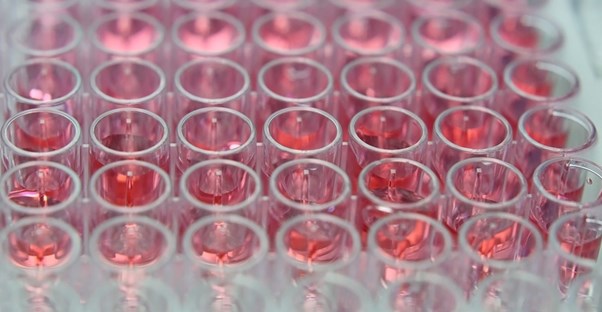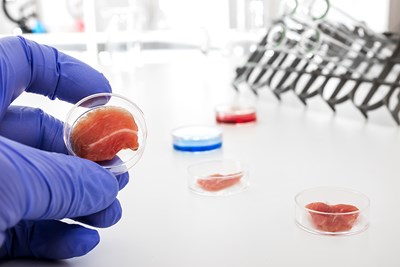Stem cells are widely known for their potential to treat and cure a long list of diseases and conditions. This is because stem cells can regenerate, multiply, and replace damaged cells. For example, stem cells can become blood, heart, or bone tissue, which allows them to then repair or regrow damaged body parts. Here is a look at five diseases stem cells could potentially cure.
Heart Disease
Also referred to cardiovascular disease, heart disease is the leading cause of death for both men and women in the United States. The disease includes conditions associated with the heart such as coronary artery disease, heart attack, and stroke. Stem cell research is currently being conducted in hopes of someday regenerating damaged heart tissue completely.
Type 1 Diabetes
Type 1 diabetes is an autoimmune disease in which the body’s immune system destroys the insulin-producing cells of the pancreas. These important cells sense glucose in the blood and produce the adequate amount of insulin to stabilize blood sugar levels. Due to the destruction of insulin-producing cells, sugar begins to stay in the blood instead of being sent off to cells for energy. The body’s cells then starve from lack of glucose.
Stem cell therapy may potentially be able to turn embryonic stem cells into specialized insulin-producing cells. The new cells could then be transplanted into people with type 1 diabetes, removing the need for regular insulin injections.
Parkinson’s Disease
As progressive neurological disease, Parkinson’s causes tremors, stiffness, and movement or speech abnormalities. It is believed that the disease is caused partially by a lack of the neurotransmitter dopamine.
Dopamine-producing neurons can be made by using embryonic stem cells, and studies suggest that when the new specialized brain cells are transplanted, motor function in patients may improve.
Lou Gehrig’s Disease
Commonly known as ALS, Lou Gehrig’s disease is a progressive neurodegenerative condition that impairs nerve cells both in the brain and in the spinal cord. The crippling disease results in muscle waste known as atrophy, as well as spinal cord degeneration and hardening.
Researchers are studying ways to potentially transform stem cells into motor neurons. These cells would then be transplanted into ALS patients to help restore their mobility.
Arthritis
The most common symptoms of arthritis include pain and stiffness due to the loss of cartilege that lubricates the joints of the skeletal system. Unforunately, once cartilege is gone, it cannot be regained.
However, researchers are studying how to use stem cells to regenerate lost cartilage and renew damaged joints.




